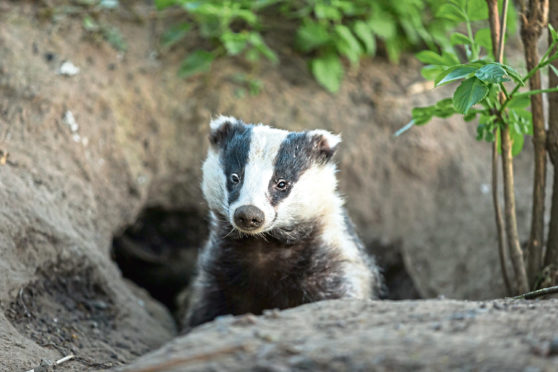A study of badger numbers and the impact of the species on farming and biodiversity is being carried out by NatureScot in collaboration with Scotland’s farmers’ union (NFUS).
The survey aims to fill in gaps in the knowledge of the numbers, population changes and behaviours of Britain’s largest carnivore – and requires the input of farmers and crofters who are often best placed to observe changes.
NatureScot wildlife policy officer Morag Milne said her organisation welcomed the opportunity to gather farmers’ and crofters’ experiences on how badgers may impact their land.
She added: “There is a lack of evidence about their effect in Scotland, and we look forward to working with NFUS to get a better understanding.”
NFUS said the project would help inform NatureScot on potential areas where more intensive studies could be carried out into how badgers interact and impact on agriculture and wider biodiversity, with the ultimate aim of informing future “best practice” policy.
Angus MacFadyen, the union’s environment and land use committee chairman, called on as many members as possible to take part in the online survey, which runs from now until March.
He said: “We would also encourage them to contact NatureScot whenever they become aware of, or suspect, they have badger activity on their land.
“Establishing a true record of populations and their activity is essential to help influence policy going forward and enable us to enhance biodiversity benefits without compromising on agriculture production.”
Badgers and their setts are protected under the Wildlife and Natural Environment (Scotland) Act 2011, and it is an offence to injure, kill or be cruel to a badger or interfere with a sett.
However, licences can be issued to prevent serious damage by badgers to crops, poultry or other property.
Union members can take part in the survey here.
